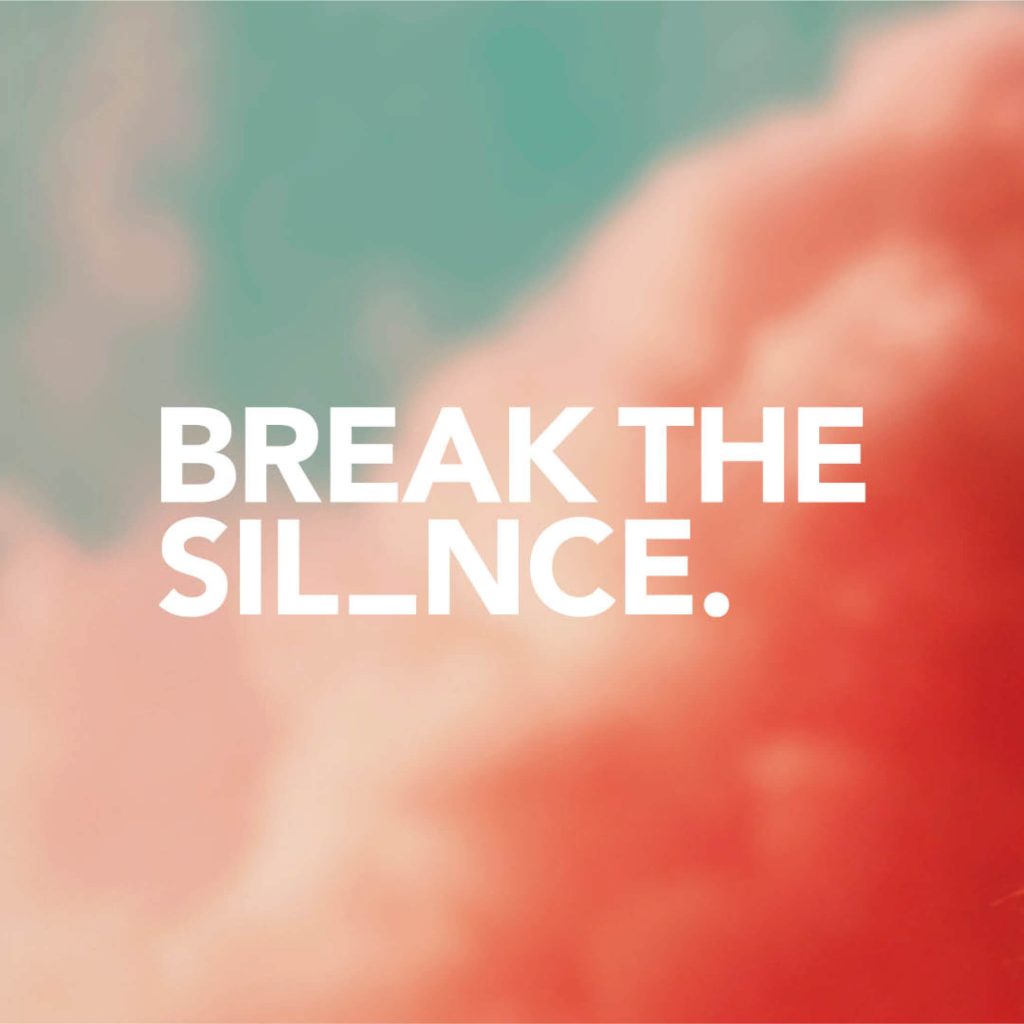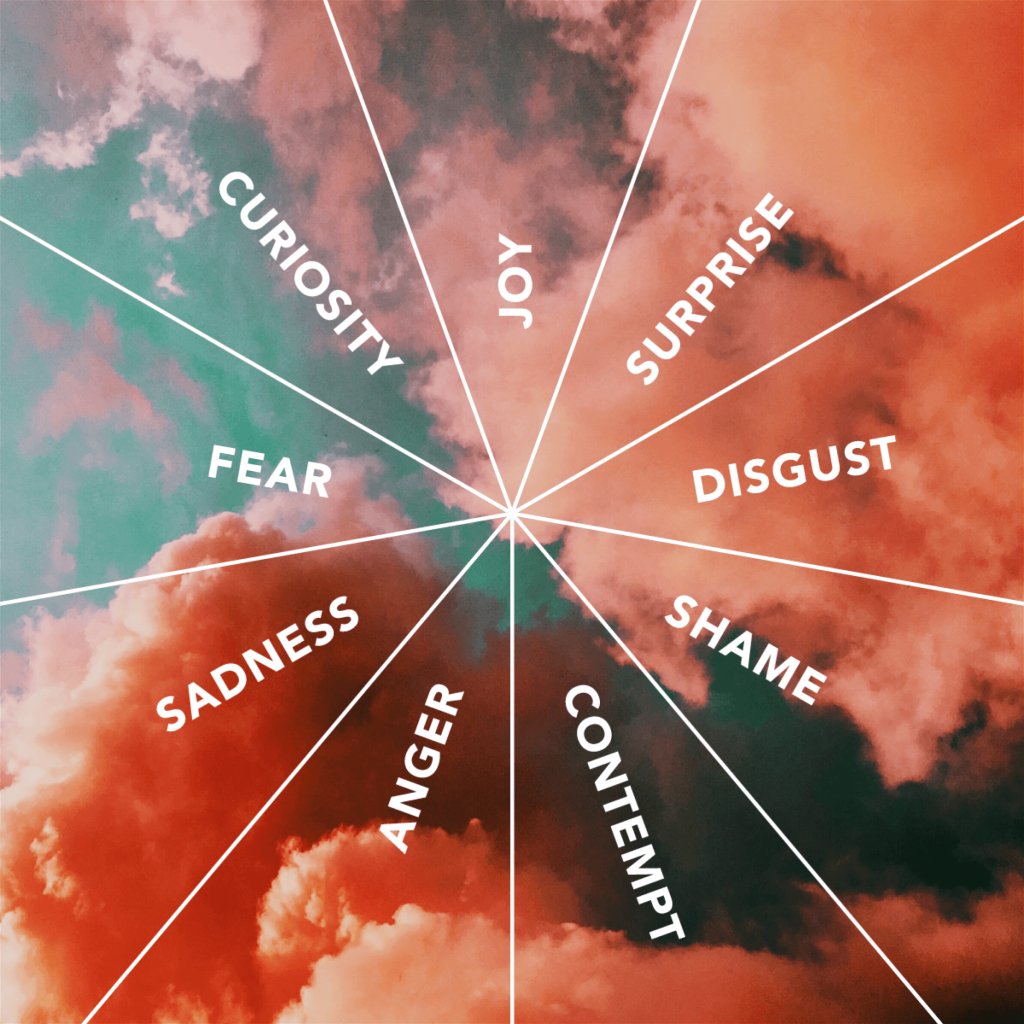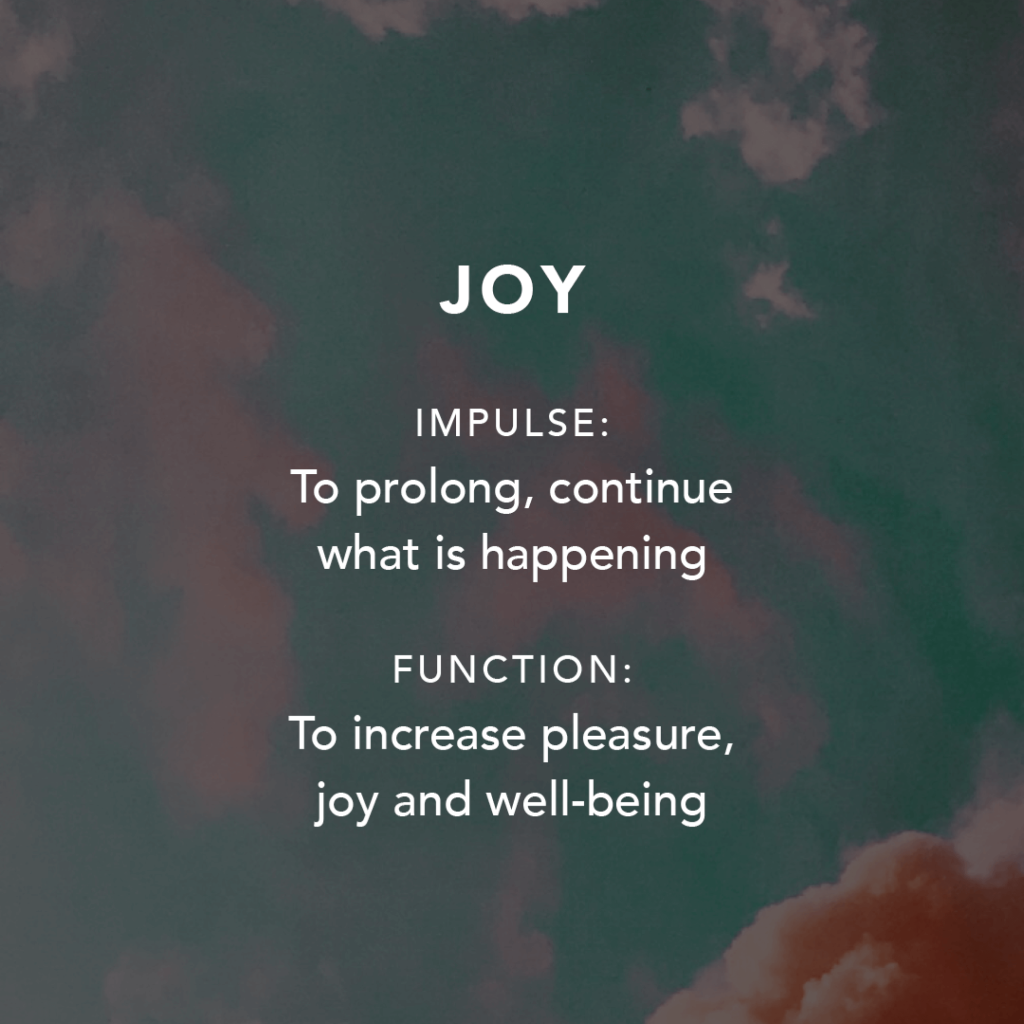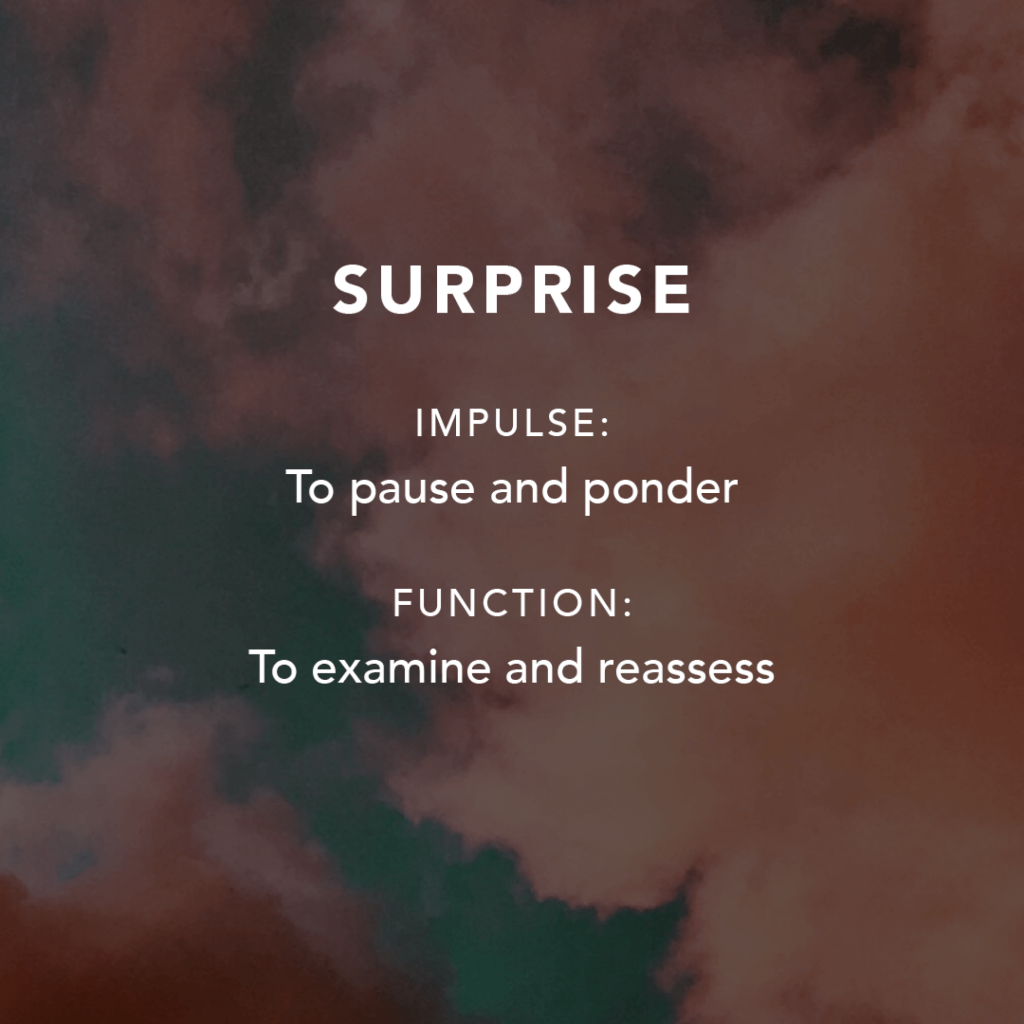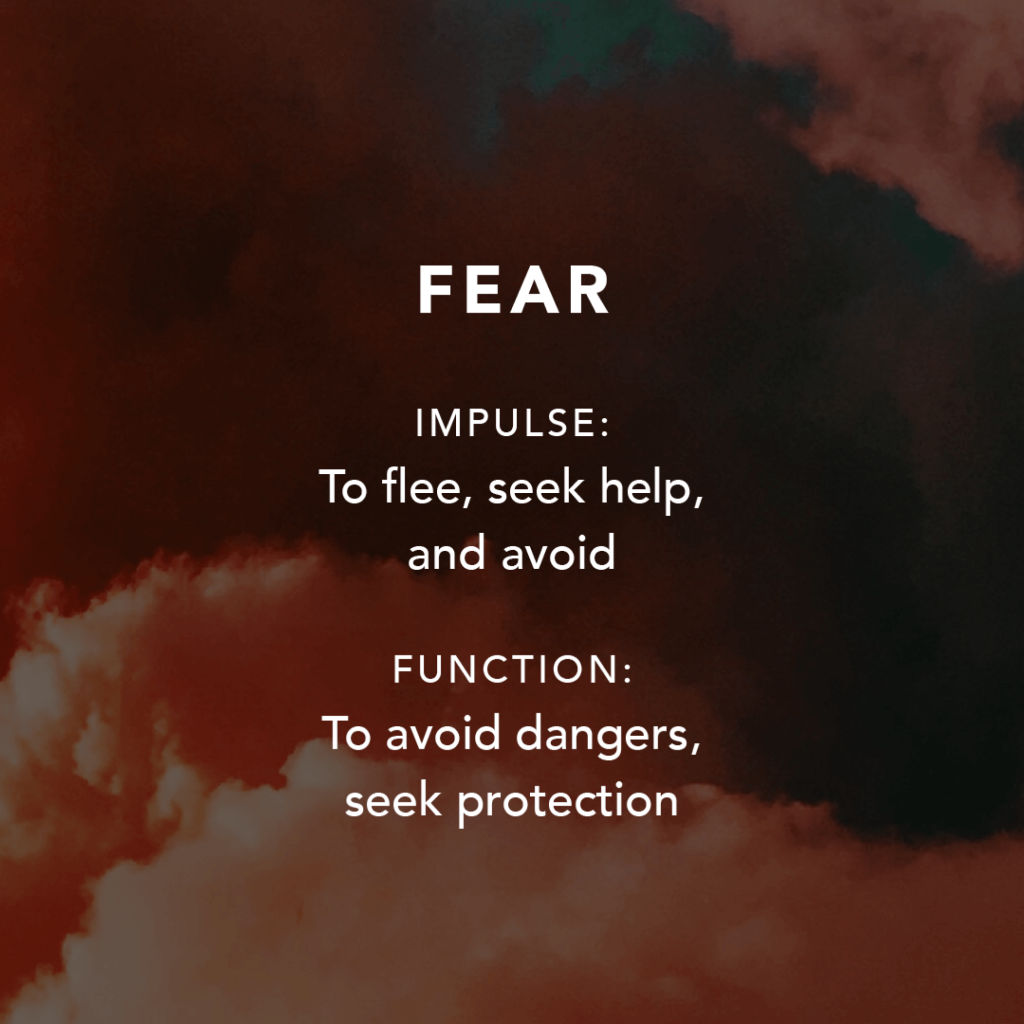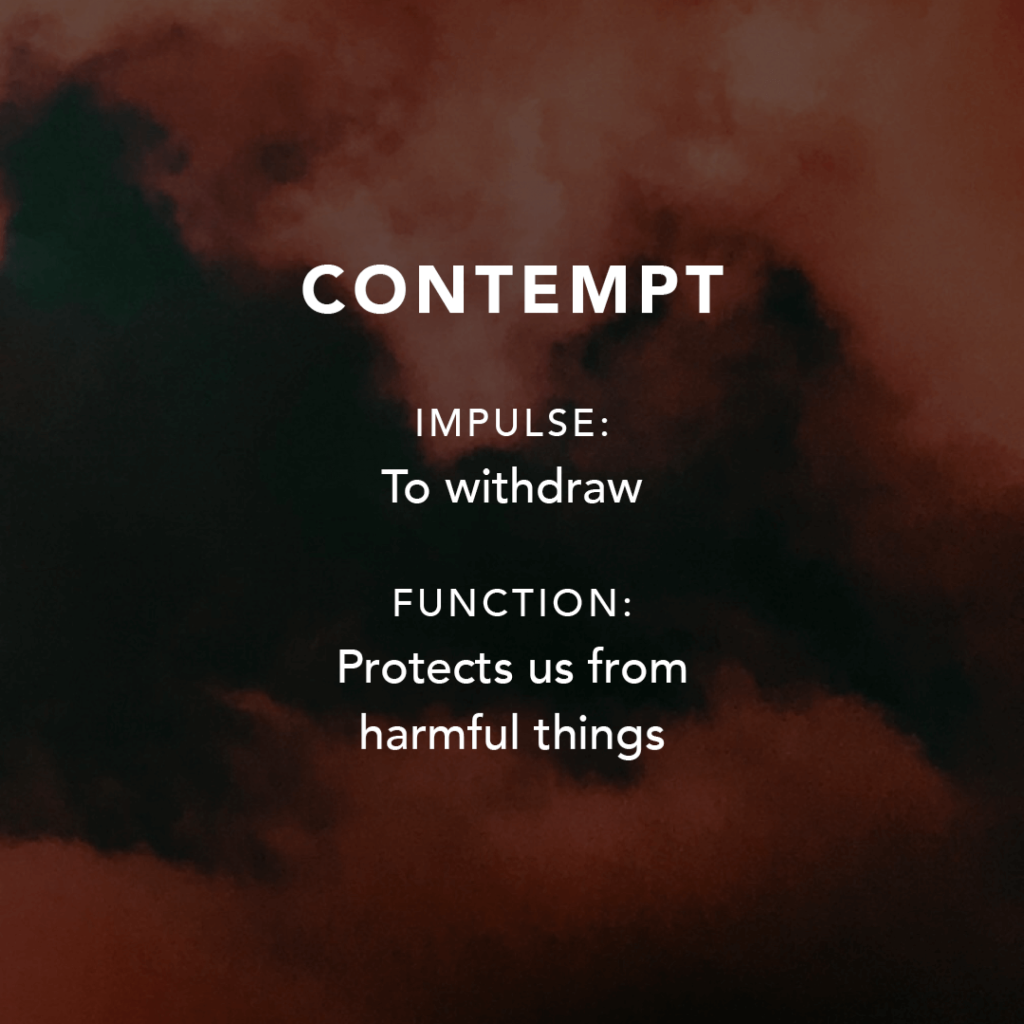Silence is comfortable and easy to choose. Silence doesn’t drown us in darkness. Yet, it poses a threat to the mental health of young people, and we need all our strength to obliterate it. Because what comes afterward is not simple. Rarely bright. Yet, it is where hope resides.
Conversations about feelings can be difficult. Yet, that is where hope resides.
More and more young people need tools to feel better. More importantly, they need someone who listens and understands. In vocal expressions of emotions – there is hope. Connecting and listening to young individuals can be challenging. Here are some tips along the way:
- Create a safe environment and use open questions starting with What, How, Who, and Why. Open questions are harder to answer with a simple yes or no.
- Listen actively and give attention by putting away the phone, nodding, and reflecting to demonstrate understanding.
- Emphasize that experiencing all types of emotions is normal and part of being human. Discuss the importance of breaking the stigma surrounding mental health.
- Avoid minimizing, dismissing or commenting too much.
- Share personal experiences to help the storyteller feel understood.
- Follow up on conversations, even the shortest or most challenging ones, to maintain an ongoing dialogue and support.
- If you receive no response at all, don’t give up—ask again, seek contact.

